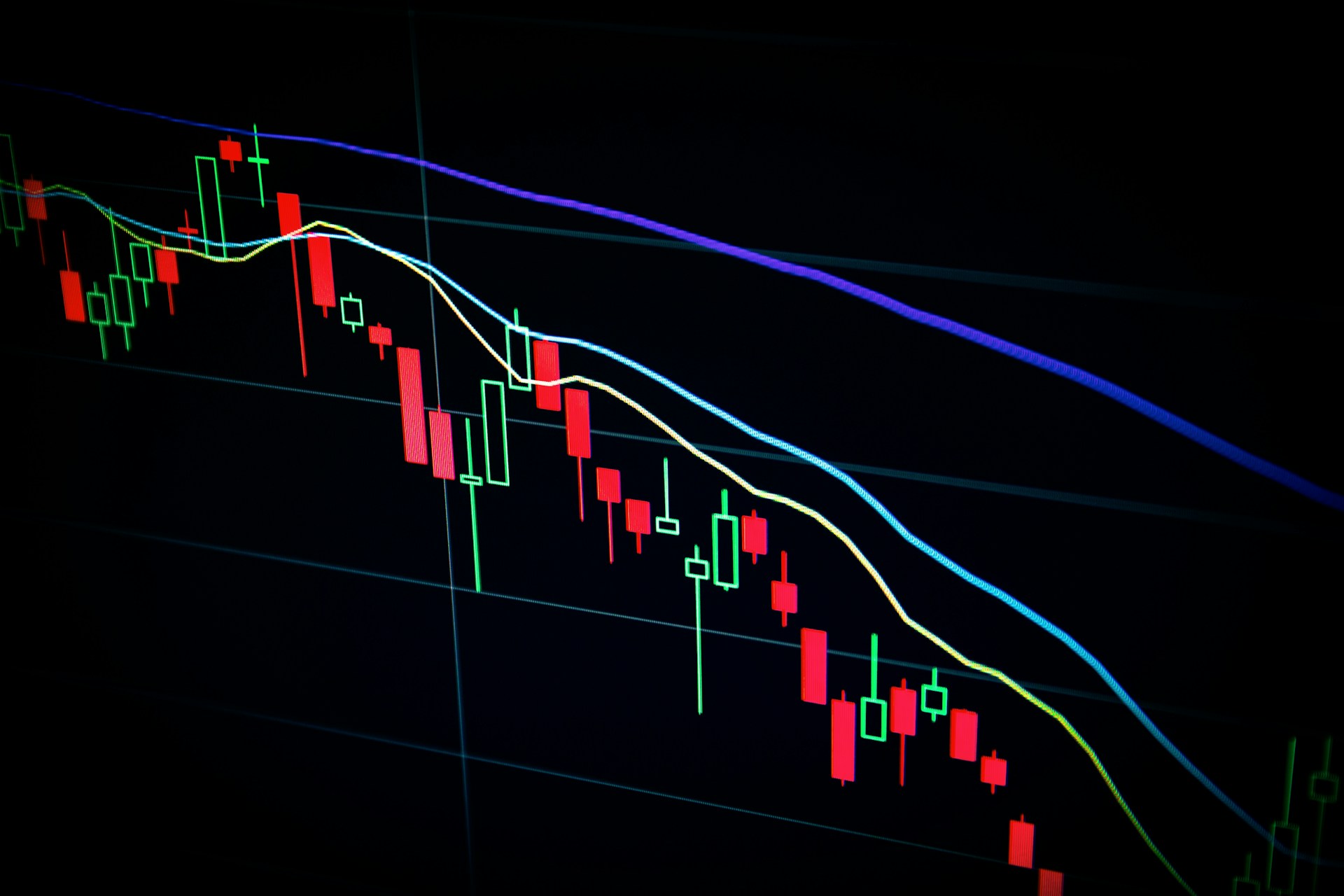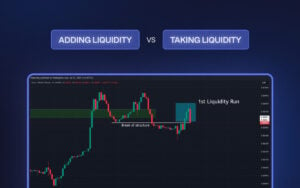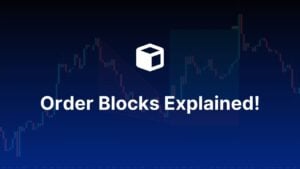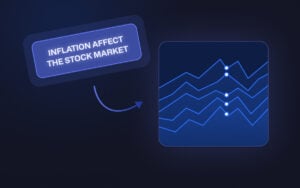As traders delve into the intricate world of technical analysis, they encounter a variety of indicators, each offering a piece of the puzzle. Among these, Level 2 Market Data stands out as a crucial tool for gaining insights into market depth and dynamics.
In this guide, we’ll explore what Level 2 data entails, its components, and how to interpret it effectively.
Understanding Level 2 Market Data
Level 2 Market Data, also called Market Depth, gives traders a deeper view of market activity compared to Level 1 data, which typically displays only the current top bid and ask prices. Level 2 Data shows not only the current best bid/ask but also all the pending orders at different prices with different sizes.
As you navigate through Level 2 data, you’ll come across a dynamic table featuring two columns that consistently update—this is commonly referred to as the order book display.
In a Level 2 data layout, you’ll find two columns: bids on the left and asks on the right. Within each column there are three primary elements: the market maker ID, the price, and the order size. Let’s discuss these elements in-depth.
Components of Level 2 Data
- Order Size: As the name suggests, the order size section tells us the number of shares being traded at the particular bid/ask price as per the placed order.
- Bids: The bids column shows the prices at which buyers are willing to purchase shares. Each bid is accompanied by the size of the order, indicating the number of shares the buyer intends to purchase at that price.
- Asks: The asks column displays the prices at which sellers are offering to sell shares. Similar to bids, each ask includes the size of the order, reflecting the number of shares available for sale at that price.
- Market Makers: Market makers are the intermediaries that keep the markets in motion. They maintain liquidity and profit on the bid-ask spread. In simpler words, they provide one the convenience to buy/sell any amount of shares of a stock at any point of time.
Interpreting Level 2 Data
Now that we understand the components of Level 2 data, let’s explore how to interpret it effectively. There are a few key takeaways here.
Supports and resistances using order size
Keep an eye on the size of the orders you see in the bids and asks columns. When you spot bigger orders, they usually signal solid levels of support or resistance. These larger orders show there’s considerable interest from buyers or sellers at particular price points.
A large buy order at a certain bid price, for instance, will result in a price hike since the sellers will have to clear out the current buy order before they can move on to the other ones.
Large pending buy orders at lower bid prices down the bids column are an indicator for potential support. Similarly, large sell orders at higher ask prices down the asks column signal potential resistance.
Order Flow and market sentiment
Monitor the live stream of orders to gauge the market sentiment. If you notice plenty of bids outnumbering asks, it’s a bullish sentiment, indicating buyers are in control. On the other hand, if you see more asks than bids, it could signal a bearish sentiment, suggesting sellers are in control.
Spread Analysis
Take a close look at the difference between bid and ask prices to understand how liquid the stock is and to spot potential entry points. A tight spread signals plenty of liquidity and stable market conditions, while a widening spread could mean less liquidity and more volatility ahead.
Thickly vs thinly traded stocks
Highly liquid stocks are often referred to as “thickly traded”, implying there’s a high trade volume. One can figure out the same using level 2 data by looking at the gap between consecutive ask/bid prices.
For instance if there is an order asking 5.32 and the ones that follow are priced 5.33,5.34 and so on, the stock is said to be thickly traded. Whereas if the gaps are wider down the depth, (5.35, 5.40, 5.46) the stock is said to be thinly traded, implying it’s low-float and volatile.
Volatile stocks are great for day-trading opportunities, because the stock is prone to price fluctuations leading to more profit opportunities in a relatively small time period. But if you’re investing long term, higher liquidity pays off.
Times and Sales
“Reading the tape” dates back to the days of ticker tapes, where traders honed the skill of Tape reading long before ECNs existed. This timeless technique still influences modern trading, particularly through Time and Sales.
Time and Sales is a chronological record of executed trades that updates in real time and is accurate to the second. Unlike level 2 which shows pending limit orders, Times and Sales shows only the orders that have already been executed.
It offers insights into buying and selling activity, as well as the liquidity and momentum of a stock. By analyzing time and sales data, traders can track the pace and direction of trades, identify trends, and make informed decisions about market entry and exit points.
Conclusion
By understanding the components of Level 2 data and how to interpret them effectively, traders can gain a competitive edge in the stock market.
Keep in mind that while Level 2 data is a valuable indicator, it’s not something you should swear by on its own. Instead, it’s crucial to blend various indicators to make well-informed decisions, considering the risks involved in trading.






